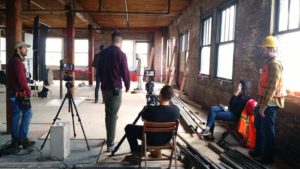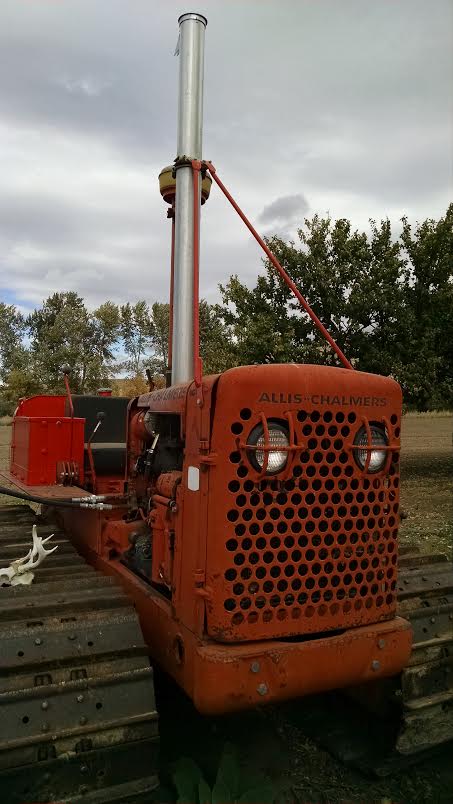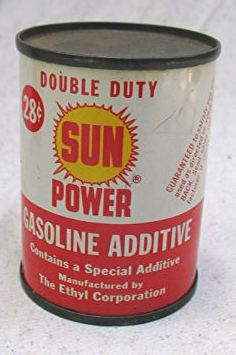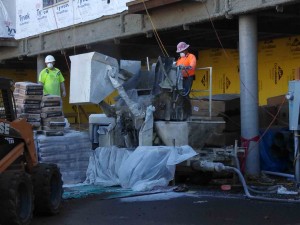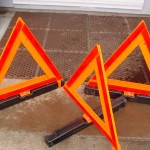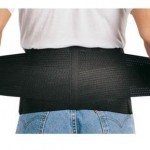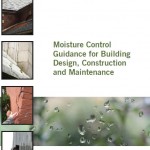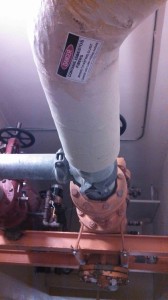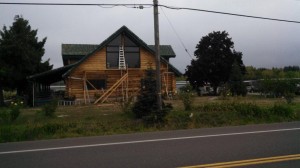Thu 19 May 2016
Coming soon – Free Video & Training Materials (Health Hazards in Construction)
Posted by admin under Asbestos, Grant, Hazard Communication, hygienist, industrial hygienist, Lead, Leaded Sheetrock, Noise, OSHA, Presentation, Risk, Silica, Training, Uncategorized
Comments Off on Coming soon – Free Video & Training Materials (Health Hazards in Construction)
Exciting news! In just a few months we will be releasing free training materials!
In summary: I applied (and obtained) a grant through OSHA to produce training materials for the four major health hazards in construction. We are titling it, “Focus 4 Health Hazards for Construction”.  (similar to the Focus 4 Susan Harwood training materials available at OSHA)
Indented audience is for younger construction workers in hazard recognition of, 1. silica, 2. noise, 3. asbestos and 4. lead (pb) in construction. A short video (1-4 minutes) for each subject gives an introduction to the hazard. And, to follow up a training power point presentation (and short summary) will also be available to further instruct people in how to control and protect themselves.
On a personal level…it has been exhausting, and I’ve learned a lot!  From obtaining the grant, to hiring a videographer, filming, securing filming sites, and quarterly reports…. exhausting.  But, I’m confident you (and others) will enjoy it. Subscribe (via email) to keep updated. You can also follow me on instagram: “adventuresInIH”. (link coming)
